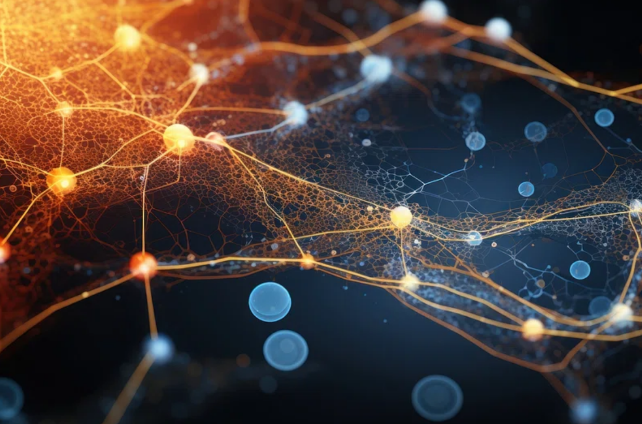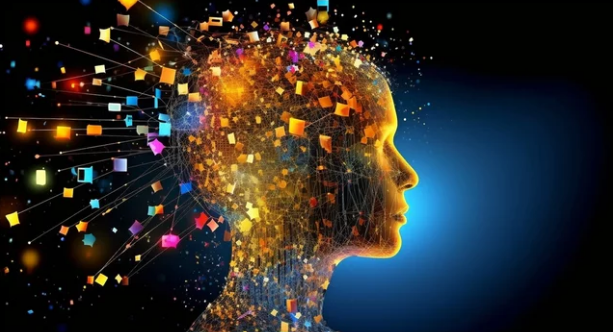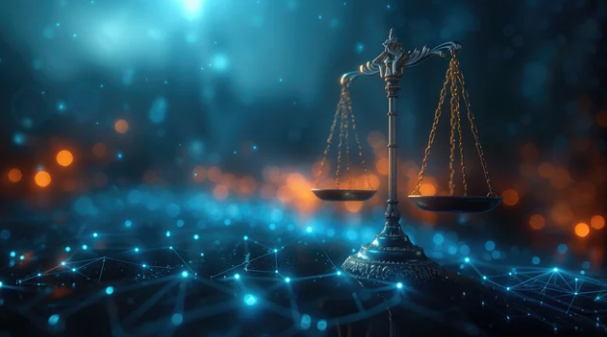Unsupervised Machine Learning
Unveiling Hidden Patterns in Data
Unsupervised learning, a fundamental branch of machine learning, has gained significant traction in recent years due to its ability to extract meaningful insights from vast amounts of unlabeled data. Unlike supervised learning, which relies on labeled datasets for training, unsupervised learning algorithms are designed to discover hidden patterns, structures, and relationships within data without explicit guidance. This approach to machine learning has become increasingly valuable in an era where the volume of unstructured data is growing exponentially.Understanding Unsupervised Learning
What is unsupervised learning? At its core, unsupervised learning is about letting algorithms find patterns and structures in data autonomously. The primary goal is to uncover the underlying distribution of data, identify clusters, or reduce the dimensionality of complex datasets. This approach is particularly useful when dealing with large volumes of data where manual labeling would be impractical or when the objective is to discover previously unknown patterns.The key characteristic of unsupervised learning is that it operates on unlabeled data. This means that the algorithm is not provided with any predefined categories or outcomes to predict. Instead, it must find its own way to structure the input data. This can lead to the discovery of unexpected patterns or groupings that might not have been apparent to human observers. Unsupervised learning is particularly useful for tasks like exploratory data analysis, customer segmentation, cross-selling strategies, and image recognition due to its ability to identify similarities and differences in data.

Common Approaches in Unsupervised Learning
Unsupervised learning models are typically used for three main tasks: clustering, association, and dimensionality reduction. Here’s a closer look at each method and some of the common algorithms used:Clustering
Clustering is perhaps the most well-known unsupervised learning technique. It involves grouping similar data points together based on certain characteristics. The goal is to maximize intra-cluster similarity while minimizing inter-cluster similarity. Common clustering algorithms include:
Exclusive Clustering: Also known as "hard" clustering, where a data point belongs to only one cluster. The K-means algorithm is a prime example, grouping data points into K clusters based on their proximity to the cluster's centroid.
Overlapping Clustering: Also known as "soft" or fuzzy clustering, where data points can belong to multiple clusters with varying degrees of membership. Fuzzy K-means clustering is an example.
Hierarchical Clustering: Involves creating a hierarchy of clusters that can be agglomerative (bottom-up) or divisive (top-down). Common methods to measure similarity include Ward’s linkage, average linkage, complete linkage, and single linkage.
Probabilistic Clustering: Uses probabilistic models to solve density estimation or "soft" clustering problems. The Gaussian Mixture Model (GMM) is a widely used probabilistic clustering method.
Association Rules
Association rules are used to find relationships between variables in a dataset. Commonly used in market basket analysis, they help identify patterns like "Customers who bought item A also bought item B." The Apriori algorithm is widely used to generate these rules by identifying frequent itemsets in transactional datasets.
Dimensionality Reduction
Dimensionality reduction techniques aim to reduce the number of features in a dataset while preserving its essential characteristics. This is particularly useful for visualizing high-dimensional data or improving the efficiency of machine learning models. Key methods include:
Singular Value Decomposition (SVD): Factorizes a matrix into three lower-rank matrices, reducing noise and compressing data.
Autoencoders: Use neural networks to compress data and then recreate a new representation of the original data.
Anomaly Detection
Anomaly detection, also known as outlier detection, focuses on identifying data points that deviate significantly from the norm. This is particularly useful in fraud detection, system health monitoring, and intrusion detection systems.

Applications of Unsupervised Learning
Unsupervised learning is applied in various real-world scenarios. The versatility of unsupervised learning has led to its adoption across various domains:News Categorization:
Google News categorizes articles on the same topic from different sources.
Computer Vision:
Used for tasks like object recognition.
Medical Imaging:
Helps in image detection, classification, and segmentation for diagnostics.
Anomaly Detection:
Identifies unusual data points, useful for detecting faults or security breaches.
Customer Segmentation:
Businesses use clustering techniques to group customers with similar behaviors or characteristics, enabling targeted marketing strategies.
Recommendation Engines:
E-commerce platforms and streaming services employ unsupervised learning to suggest products or content based on user behavior patterns.
Image and Speech Recognition:
Unsupervised learning techniques are used to preprocess and extract features from raw image or audio data.
Genomics:
Clustering algorithms help in identifying groups of genes with similar expression patterns.
Cybersecurity:
Anomaly detection algorithms are crucial in identifying potential security threats or unusual network behavior.
Topic Modeling:
In natural language processing, unsupervised learning is used to discover abstract topics in a collection of documents.
Comparing Learning Types
Unsupervised Learning: Analyzes unlabeled data to find hidden patterns without human intervention.Supervised Learning: Uses labeled data to predict outcomes or classify data. It’s typically more accurate but requires human-labeled data.
Semi-supervised Learning: Uses a mix of labeled and unlabeled data, balancing between the complexity and cost of labeling data and the need for accurate models.

Challenges of Unsupervised Learning
While unsupervised learning offers powerful tools for data analysis, it comes with its own set of challenges:
Interpretation of Results: Since the algorithms work without predefined categories, interpreting the results can be subjective and require domain expertise.Determining the Number of Clusters: In clustering problems, deciding the optimal number of clusters is often non-trivial and can significantly impact the results.
Scalability: Some unsupervised learning algorithms struggle with very large datasets or high-dimensional data.
Evaluation: Without labeled data, it can be challenging to quantitatively evaluate the performance of unsupervised learning models.
Sensitivity to Initial Conditions: Many algorithms, like K-means, are sensitive to initial conditions and may converge to local optima.
Recent Advancements and Future Directions
The field of unsupervised learning continues to evolve rapidly, with several exciting developments:
Deep Unsupervised Learning: Leveraging deep neural networks for unsupervised tasks, such as deep clustering and representation learning.
Self-Supervised Learning: A paradigm where the data itself provides supervision, bridging the gap between supervised and unsupervised learning.
Generative Models: Advanced generative models like Variational Autoencoders (VAEs) and Generative Adversarial Networks (GANs) are pushing the boundaries of what's possible in unsupervised learning.
Transfer Learning in Unsupervised Settings: Exploring ways to transfer knowledge learned from one unsupervised task to another.
Unsupervised Reinforcement Learning: Developing algorithms that can learn optimal policies without explicit rewards.
The Roadmap Ahead
Unsupervised machine learning represents a powerful and flexible approach to extracting insights from data. Its ability to work with unlabeled data makes it particularly valuable in an era where vast amounts of unstructured data are being generated daily. From customer segmentation to anomaly detection, unsupervised learning techniques are finding applications across diverse fields.As the field continues to advance, we can expect to see even more sophisticated algorithms and applications emerge. The integration of unsupervised learning with other AI techniques, such as reinforcement learning and deep learning, is likely to open up new possibilities and push the boundaries of what's achievable in artificial intelligence.
However, it's important to remember that unsupervised learning is not a silver bullet. Its effectiveness depends on the quality of the data, the choice of algorithm, and the interpretation of results. Domain expertise remains crucial in applying these techniques effectively and deriving meaningful insights from the patterns discovered.
As we move forward, the challenge will be to develop more robust and interpretable unsupervised learning models that can handle the increasing complexity and scale of real-world data. With ongoing research and development, unsupervised learning will undoubtedly continue to play a pivotal role in shaping the future of artificial intelligence and data science.
Machine Learning Artificial Intelligence News
https://machinelearningartificialintelligence.com
AI & ML



Sign Up for Our Newsletter